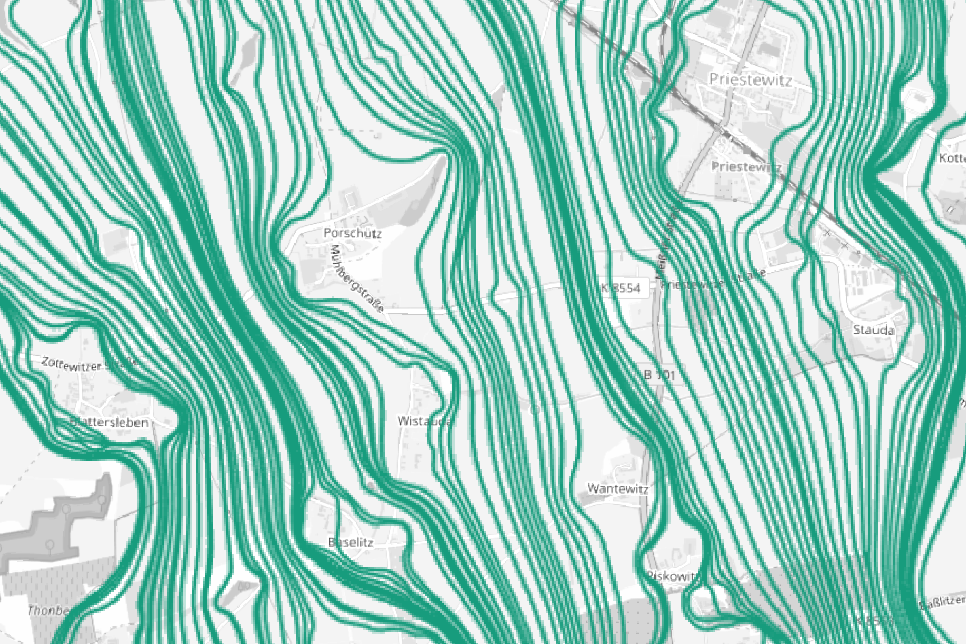
Rheinmetall and the Fraunhofer IOSB have accelerated the pace of battlefield management, cutting the time to prepare an operational plan from an hour down to ten minutes by introducing an Stellungswahlassistent (SWA) Position Selection Assistant, according to the latest annual report into military research from Germany’s Ministry of Defence, published 15 January 2024.
The SWA is an automated tool for assessing terrain to find the most suitable location for armoured forces, and assess that terrain element to determine if it will allow the unit to act on further terrain ahead, and whether the terrain will provide cover from enemies.
The development of operational plans was already a prime avenue for automation, as the process is time consuming and demands little creativity, but the use of an automated tool also allows a planner to take full advantage of the available data from digital imagery, with elevation resolutions below a single-meter, in contrast ordinance maps that aggregate changes in elevation on rougher contour lines.
The reduction in planning time, from approximately 60 minutes down to 10 minutes, was observed during initial process evaluation trials conducted by two comparison groups that had to develop a preliminary operation plan. By using a position value map – a kind of heat map generated from the SWA to assess position value over the area – the comparison group with the automated tool were able to complete the task considerably earlier than the control group.
These results were later confirmed at the German Army Tactics Centre, although areas for further research were exposed, as the selection of positions underperformed when considered by approach and departure routes.
Despite this, the Army Tactics Centre assessed that the SWA provided a time advantage of 30 minutes per command level.
The SWA was developed by Rheinmetall Electronics GmbH and Fraunhofer IOSB on behalf of the Federal Office of Bundeswehr Equipment, Information Technology and In-Service Support, and then refined through a spiral development process with the support of the German Army Headquarters to include testing and user feedback, with Rheinmetall ultimately responsible for introducing the systems, and the production of the user interface.







